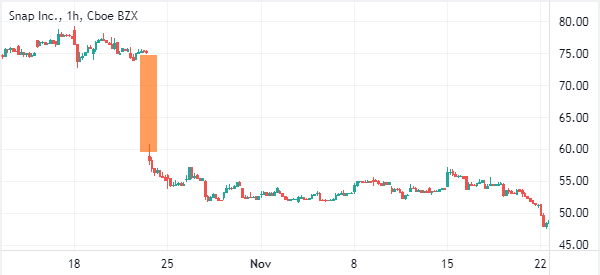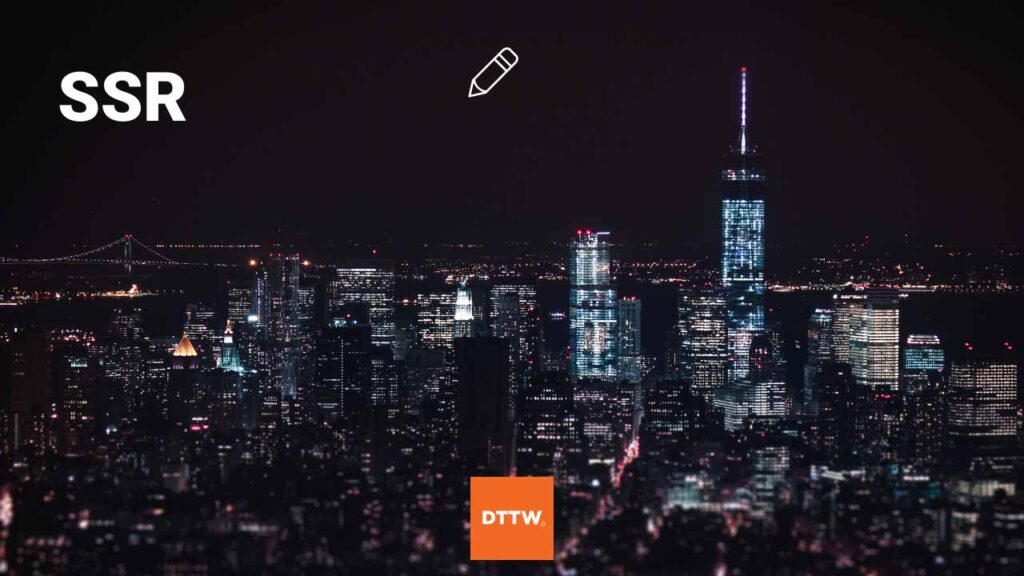Short sale restriction (SSR) is an important and common concept that all traders of American shares experience every day.
In this report, we will look at the basics of SSR, how it works, and the key factors that trigger it.
First Step: Understand Short Sell
To understand the concept of SSR, you need to first understand what shorting means.
For starters, traders make money in two ways: buying and selling. When you buy an asset, your goal is to benefit when the price moves up.
For example, if you buy shares of Apple at $362, your goal is to benefit if it moves to $363 and above.
On the other hand, when you short, your goal is to benefit when the price moves downwards. In the above example, you would benefit when the firm’s shares drops to $361 and below.
Short selling involves borrowing shares, selling them, waiting for the price to fall, buying them back, and returning the shares to the original owner.
For example, assume that the share price of a company is trading at $10 and you believe that it will drop to $5. You can borrow 100 shares from a person or a broker and sell them. You stay with the cash and buy back the shares when they drop to your target.
Obviously, in modern trading, these steps take place automatically.
What is Short Sale Restriction in stocks?
SSR, also known as uptick rule, is a process aimed at limiting short selling in the stock market. The goal is to prevent short sellers from pushing the shares of a company lower.
While the concept of the rule has been around since 1930s, the current version went into effect in 2010 after the global financial crisis.
The SSR rule restricts short sellers from piling into a stock whose shares have dropped by 10%. Once triggered, it becomes impossible for you to short the stock.
The SEC said this about SSR (referred to as the “alternative uptick rule):
“This rule is designed to restrict short selling from further driving down the price of a stock that has dropped more than 10 percent in one day compared to the closing price on the previous day”
Basic Rules of SSR
There are four main rules of SSR.
- First, the rule is only triggered once the shares of a company drops by 10% within a day. The ten percent starts from the yesterday’s close.
- Second, the SSR restriction remains for the remainder of the day. In many cases, the rule can extend to the next day.
- Third, the SSR rule applies to all companies that are listed in American exchanges like the New York Stock Exchange (NYSE) and Nasdaq.
- Finally, the rule is enforced by brokers. At Real Trading, you will always see the SSR when it is triggered.
Example of a Short Sale restriction
A good example of when a short sale restriction is what happened in October 2021. As shown below, the Snap stock price crashed by more than 19% within a single day. This drop was triggered by a weak quarterly earnings results.
The company reported relatively weak results and warned that its future growth would be weak because of Apple’s iOS changes. As a result, the stock declined sharply, leading to the short sale restriction setting in. On this day, it was impossible for people to short the stock.


You can identify stocks that will likely fall under the order by looking at the performance in premarket trading. To do this, you can use tools provided by companies like Market Chameleon and Barchart.com.
How to Short Stocks Placed in the SSR
A common question is on how to short a stock that has been placed under SSR. The reality is that, at the market prices, it is impossible to short a company that is under SSR.
Still, the most common way to short the company is to use limit orders. A limit order is a type of order that allows you to place an order in advance.
For example, if the stock under SSR is at $10, you can place a sell limit order at $13. This order will initiate the short position automatically once the price is triggered.
› Know more about Stop Loss Order
Alternatively, you can wait for the price to leave the SSR zone and short it.
What triggers short sale restriction?
For most stocks, SSR is usually triggered when there is a breaking news.
A good example is what happened recently, when EY announced that about $2 billion was missing from Wirecard’s accounts. This led to a 65% decline in the firm’s stock in a single day.
If the company was listed in the US, an SSR would have been triggered.
Therefore, breaking news affects SSR in stocks by either pushing the stock higher or pulling it lower.
Is SSR a good thing?
A common question is whether an SSR is a good or bad thing. In our experience, We have found it to be a relatively good feature for traders. It is a good one because it helps prevent traders from creating a flash crash in a stock.
Also, it prevents many inexperienced traders from shorting a stock that is falling without doing any research. A good thing is that you can always find other companies that will have such a drop if you do good research.
Final thoughts
Shorting a stock is an excellent way of making money. Indeed, there are many trading professionals who have specialised in shorting stocks.
However, unlike buying, the chance of making an unlimited loss is possible, in what is known as a short squeeze.
That is because when you buy, the maximum loss you can make is zero. On the other hand, when you short a stock, there is no limit to where the stock can go.
External Useful Resources
- The official information offered by the SEC
- The impact of short sale restrictions on informed trading in the stock and options markets – Sciencedirect
